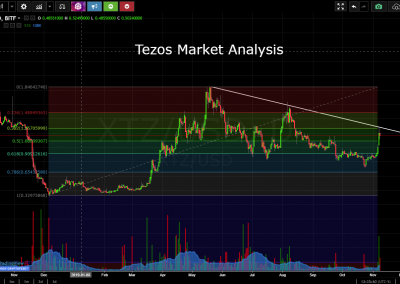No matter what form it takes, leadership can be a complex subject.
It can be brash to the point of arrogance or muted to the point of detachment. In mega-corporations, most employees never even meet the ultimate leader, such as a CEO or Chairman of the Board. But in startups and small businesses, leaders are usually well-known and approachable.
For some, they might be former coworkers, friends, or even family members. Lines can become a little blurred on who the leader is, what he or she does, and what chain of command will be followed when enterprises are just getting to their feet.
Different mixes of employees will call for different styles of leadership. The same can be said based on the type of business you are running. A team that is continuously making sales to meet monthly quotas might expect a boss who gives fiery speeches and offers big bonuses.
A business that takes print photography and transfers them to digital or cloud storage doesn’t need a rah-rah manager. Just someone to guide the ship on an even keel.
What type of leadership does your new business need? That depends on a lot of factors, starting with your personality traits and what sort of role you feel comfortable taking. However, you also have to look at your industry, your niche, and your staff members.
It might be that your personality and strengths don’t mesh well with what your employees need to ensure day-to-day efficiency and overall success. If this is the case, your best decision might be to hire a manager who can oversee the business and employees while you focus on bigger-picture ideas like growing the company, forging business alliances, and increasing profit margins.
Whether it’s you or someone else, here’s a closer look at the five types of leaders for your new business.
Active Leadership
The active leader sets the bar high by his or her performance. Think Derek Jeter as captain of the Yankees. The active leader knows employees’ names, titles, where they went to school, who their spouses are, and especially what their strengths and weaknesses are.
An active leader is going to support employees all the way and believes that way of doing business promotes better teamwork, better synergy, and better results. Active leaders are involved in the day-to-day flow of work at the office and are seldom in the dark when it comes to gossip or rumors.
The active leader is quite common in startups and small businesses because they are the one generating the idea and often contributing a lot of the money to pay the bills.
Democratic Leadership
Like a small-town politician, Democratic leaders try to get everyone’s opinion on a subject before putting a plan into action. There are big pros and significant cons for this type of leader. The most significant advantage is that when employees feel their voices are being heard, they tend to invest more of themselves in the company, therefore working harder and having pride in what they do.
The biggest con is that it’s tough to give everyone’s opinion equal weight every time there’s a decision to be made. Imagine taking nine of your friends and family members into a room and getting them to agree on what to order on one pizza for the 10 of you to share. It might take longer to agree on the toppings than it does for the restaurant to deliver your order. And that’s just for pizza!
Imagine those same 10 people trying to decide on a profit-sharing plan or which advertising slogan to use. The democratic leadership model works best when there are a few people, or you’re having each department head represent her team in discussions.
Servant Leadership
This model projects the leader as a servant to the customer, charged with doing everything possible to give the customer the best experience.
To this end, the servant leader values that other people are experts at specific tasks, and that he or she must empower them to take authority on these tasks. That might mean stepping aside to let them govern particular business units.
The servant leader values employees as people first and workers second, and hopes to help them develop their knowledge and skills as well as adapt to the company’s core values. This development gives employees a sense of purpose and increases both job satisfaction and employee retention.
Leadership by Walking Around (LBWA)
It might sound like a made-up term, and to a degree it is. But the real takeaway from this managerial style is the fine art of listening to the people doing the actual work at your organization.
The “walking around” component sees the leader gathering information from employees to quell problems at the source rather than letting them fester until they are disrupting processes. The downside of this style of leadership is that employees must believe in the leader to communicate with him on such a fundamental, one-to-one level.
If support from employees is not present, this style of leadership can be very flawed.
Autocratic Leadership
Autocratic leaders make their decisions without much, or in some cases any, input from employees. In the early days of a startup, this might be the way to go when making decisions because it gets things done quickly and allows you to focus on what you want for your business. Over the longer haul, it can become a tough style to maintain, especially as your number of staff members grows into double-digits.
If you have a business that needs workers, an autocracy can last and be successful. But if you are hiring employees to help your business grow by way of marketing, sales, social media, organic searches, or anything else requiring high-level decision making, you might need to relinquish some control.
Being an autocratic leader also works in times of crisis, where decisions have to be made quickly to prevent loss of business or loss of resources. Employees generally don’t agree with this style of management long-term, and it can lead to high turnover rates.










